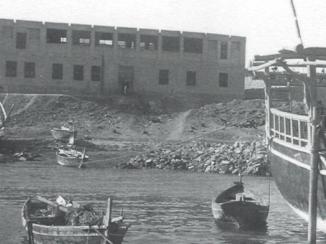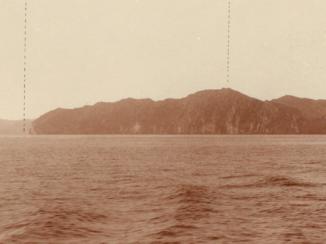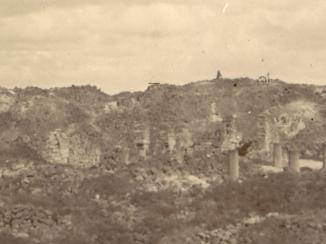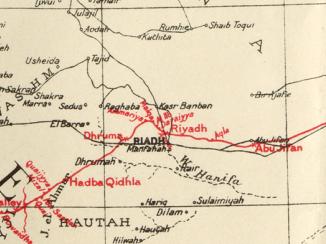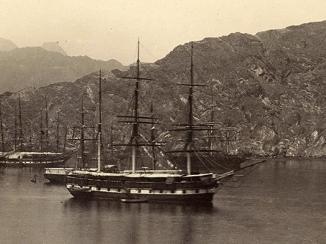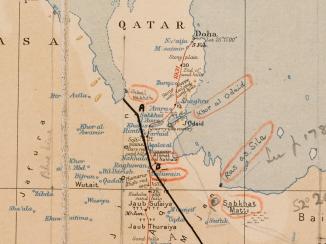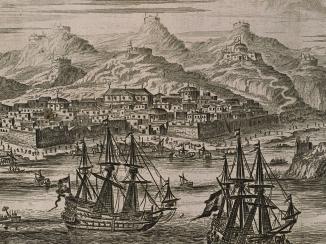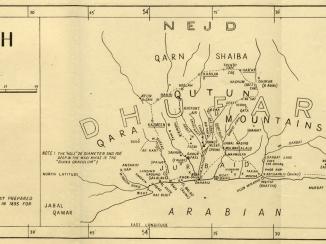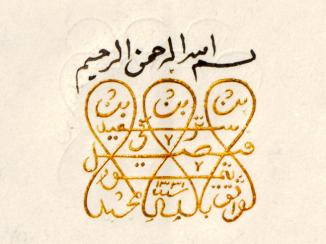Overview
On 23 July 1970, Sultan Qaboos bin Sa‘id Al Bu Sa‘id overthrew his father, Sa‘id bin Taymur, in a British-supported palace coup in the monsoon-soaked southern province of Dhofar. Ruling over the Sultanate of Oman until his death in January 2020, he was the longest-reigning monarch in the Gulf region. Qaboos became known for his role in facilitating international dialogue, such as that which led to the 2015 US-Iran nuclear deal, but less well known are the circumstances of his early years. Although seemingly incidental, the facts of Qaboos’ formative years hold significance and can help to shed light on his long rule.
Birth of an Heir
In October 1940, the Political Agent A mid-ranking political representative (equivalent to a Consul) from the diplomatic corps of the Government of India or one of its subordinate provincial governments, in charge of a Political Agency. at Muscat, Tom Hickinbotham, recounted a conversation with Sultan Sa‘id bin Taymur concerning the Sultan’s succession. With no male heir, Sa‘id reportedly felt that no member of his family met the two criteria required for his successor, namely to share his views about his state’s close connection with the British Government, and to be personally acceptable to the majority of the people. Apparently, the Sultan even preferred that a British officer take the post of Regent instead of a family member.
A month later, however, Qaboos was born in Dhofar to Mayzun al-Maʻshani, whom Charles Geoffrey Prior, the Political Resident A senior ranking political representative (equivalent to a Consul General) from the diplomatic corps of the Government of India or one of its subordinate provincial governments, in charge of a Political Residency. in the Persian Gulf The historical term used to describe the body of water between the Arabian Peninsula and Iran. , described as ‘a Dhufari woman of good family’ (IOR/R/15/6/216, f. 51r). Sultan Sa‘id received ‘the good news’ while in Muscat.
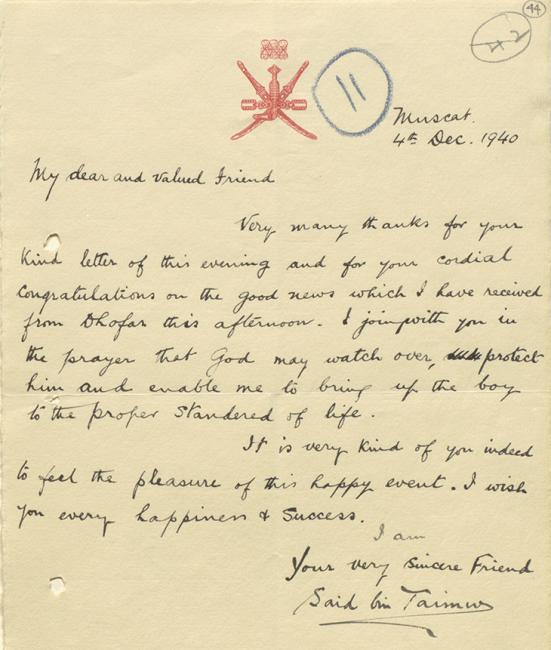
As the child was legitimate, Prior recommended that congratulations should be sent from both the King of England and the Viceroy of India.
Qaboos’ Seclusion and Schooling
Sa‘id bin Taymur treated Dhofar as his ‘private estate’, retreating there to avoid ‘the tedium’ of Muscat’s weather and politics (IOR/L/PS/12/3720A, f. 413r). Qaboos had little regular contact with other family members, and the seclusion in Dhofar undoubtedly contributed to his isolation. At the age of ten he was still being kept ‘in the women’s quarters […] strictly under constant supervision and guard’, and rarely meeting anyone outside the palace in Salalah (IOR/R/15/6/343, f. 11r).
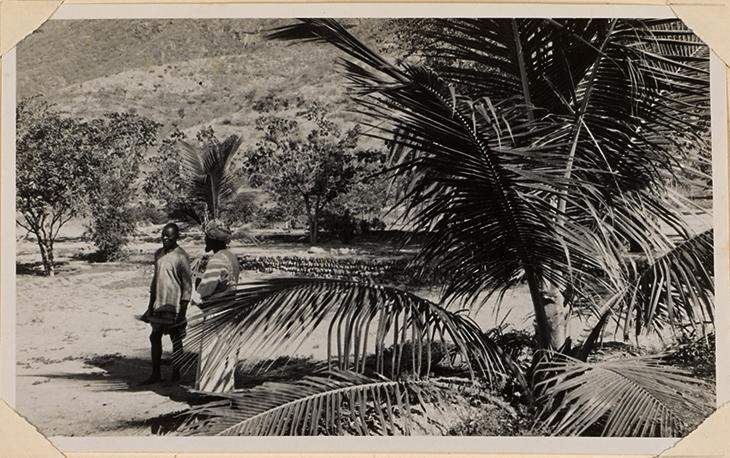
In August 1945, the Political Agent A mid-ranking political representative (equivalent to a Consul) from the diplomatic corps of the Government of India or one of its subordinate provincial governments, in charge of a Political Agency. at Muscat, Ralph Ingram Hallows, informed the Officiating Political Resident A senior ranking political representative (equivalent to a Consul General) from the diplomatic corps of the Government of India or one of its subordinate provincial governments, in charge of a Political Residency. in the Persian Gulf The historical term used to describe the body of water between the Arabian Peninsula and Iran. , Lieutenant-Colonel Arnold Crawshaw Galloway, that he had enquired with Sultan Sa‘id about Qaboos’ education. It seemed Sa‘id was considering an elementary education in Egypt from the age of eight and had already discussed this with King Farouk I. This did not transpire, however, and Qaboos eventually received his education in the UK at Bury St Edmonds, Suffolk, and the Royal Military Academy, Sandhurst.
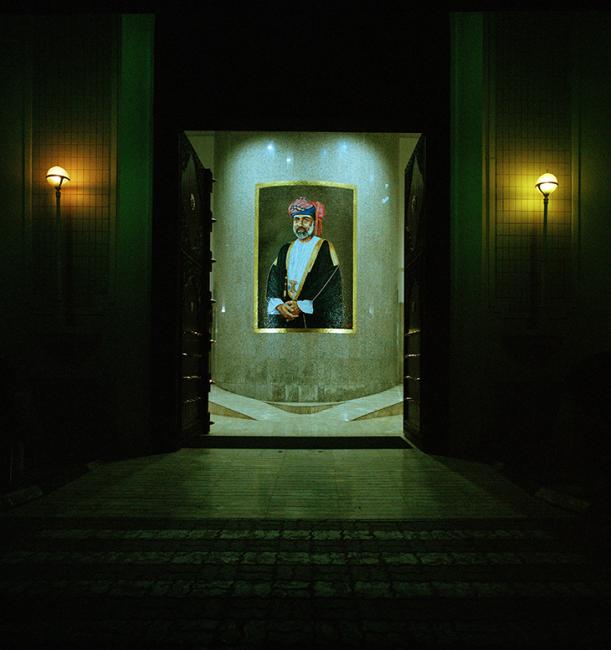
Return, Rebellion, and a Palace Coup
From Sandhurst, Qaboos returned to Salalah, where he was again kept in isolation and forbidden to meet anyone apart from the Sultan’s trusted advisors. Meanwhile, beyond the palace walls, discontent was growing more widely among the inhabitants of Sultan Sa‘id’s ‘private estate’, and in 1963 a rebellion began. At the height of the ensuing Dhofar War, on 23 July 1970, a British-backed coup took place at the Sultan’s palace in Salalah. This was allegedly with the help of Qaboos’ Sandhurst classmate, Timothy Landon, and Qaboos subsequently became Sultan.
Commentators have often noted that, in contrast to other Gulf rulers, Qaboos was ‘alone on the throne’, ruling in isolation from other family members. Perhaps those early secluded years in Salalah and his overseas schooling go some way to explain Qaboos’ apparent preference for solitude throughout his reign.








